Machine Learning Summer School
27th Aug. - 7th Sep. 2018 Madrid, Spain at Universidad Autónoma de Madrid
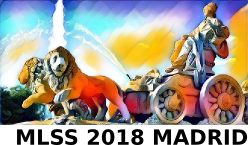
In this section you can find all the information about the social events that have been scheduled for the Machine Learning Summer School.
Some photos of the Guided Tour can be seen here: Photos.
Some photos of the Trip to Segovia can be seen here: Photos.
Some photos of the MLSS dinner can be seen here: Photos.
Date and time: 29/08/2018, 19:30h
Estimated duration: 1.5 hours.
Madrid is a very walkable city and one of the best ways to explore the city center is by going on a walking tour. We would like to invite you to join us through this tour if your are interested in immersing yourself in the city’s rich history. We will cover some of Madrid's landmarks including Puerta del Sol, the Royal Palace, the Opera House, Plaza Mayor, Plaza de Oriente and Catedral de la Almudena. The tour will depart at the scheduled time from Puerta del Sol. Please, find below further information about the meeting point.
Statue of Carlos III at Puerta del Sol
Please, meet at the scheduled time in front of the equestrian statue of Carlos III, located at Puerta
del Sol, Madrid, Spain. 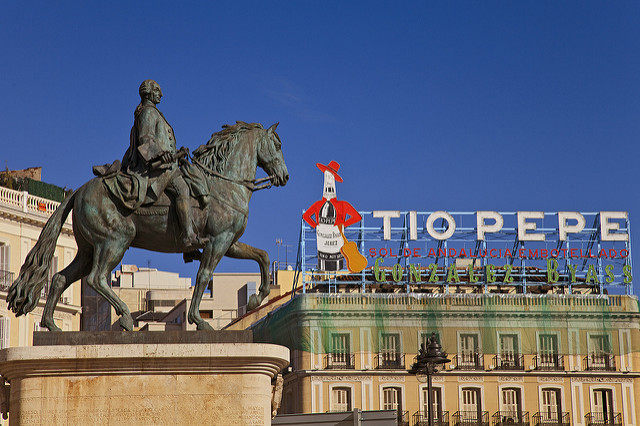
|
Depart: 1/09/2018, 9:00h
Return: 1/09/2018, 18:00h
We would like to invite you to visit the city of Segovia. Segovia is a city in the autonomous region of Castile and León, Spain. It can be reached from Madrid within 1 hour by bus. The city is famous for its historical buildings and for three main landmarks: its midtown Roman aqueduct, its cathedral (one of the last Gothic to be built in Europe), and the castle, which was an influence for Walt Disney's Cinderella Castle. The city center of Segovia was declared World Heritage by the Unesco in 1985. It is the capital of Province of Segovia. No guided tour will be available during the visit. However, you can find below some very useful information about what to see in Segovia.
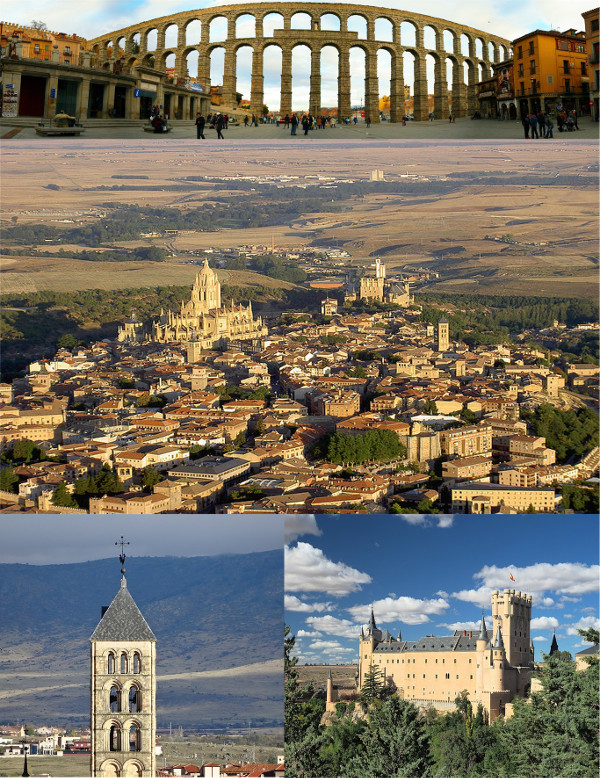
|
What to see in Segovia
Below you can find very useful information about what are the landmarks that you must not miss in your visit to Segovia. Most of
this information has been extracted from the Wikipedia. Take into account that the landmarks are relatively close one to
another and Segovia is a small city. Therefore, everything is at a walkable distance.
| Aqueduct of Segovia. The Aqueduct of Segovia (or more precisely, the aqueduct bridge) is a Roman aqueduct in Segovia, Spain. It is one of the best-preserved elevated Roman aqueducts. It is the foremost symbol of Segovia, as evidenced by its presence on the city's coat of arms. The date of construction cannot be definitively determined, although it is thought to have been during the 1st century AD, during the reigns of the Emperors Domitian, Nerva, and Trajan. The aqueduct is built of unmortared, brick-like granite blocks. During the Roman era, each of the three tallest arches displayed a sign in bronze letters, indicating the name of its builder along with the date of construction. |
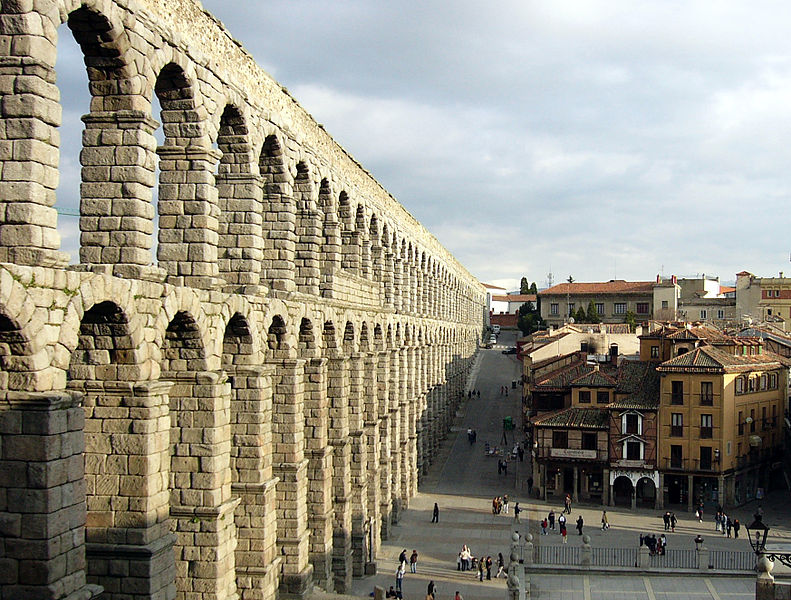
|
|
| Jewish Quarter and Centro Didáctico de la Judería. The Jewish quarter of Segovia comprises a space located on the southern side of the old city, closed by seven gates. This is a district now made up of the remains of synagogues, palaces, museums and buildings. This quarter evokes its Jewish past, distributed amongst a set of streets with medieval mystery. Centro Didáctico de la Judería is a museum with the goal of teaching and spreading the history of the Jewish community of Segovia until their expel by the Catholic kings in 1492. A walk through the Jewish quarter will reveal a city quite different from the one of the conventional routes through Segovia. |
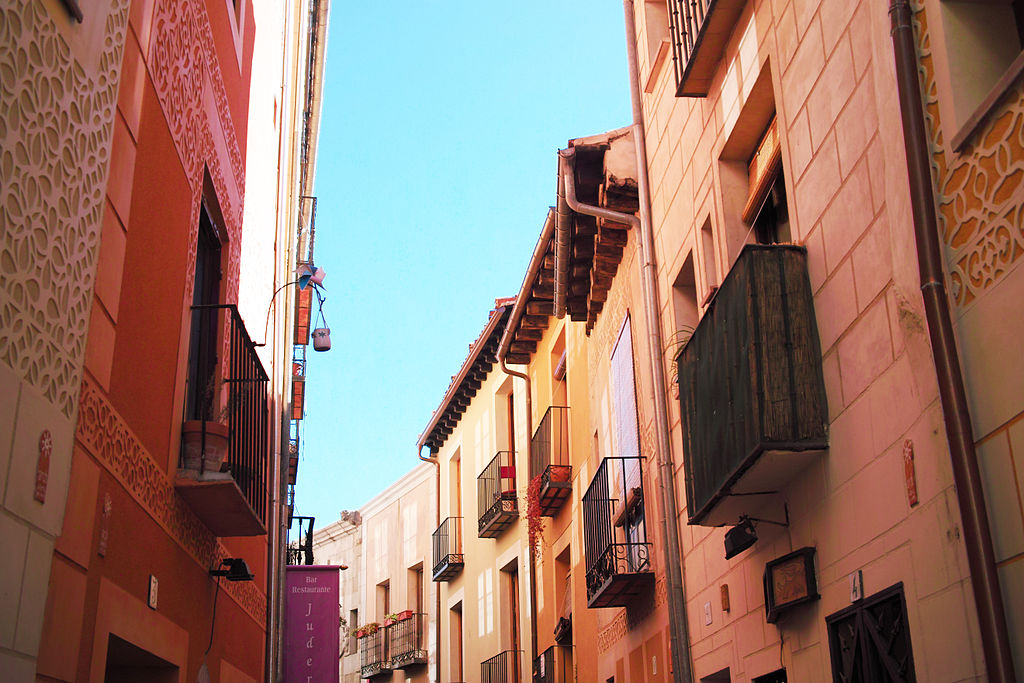
|
|
| Segovia Cathedral. This is the Gothic-style Roman Catholic cathedral located in the main square Plaza Mayor. The massive cathedral was built between 1525-1577 in a late Gothic style, outdated elsewhere in Europe. The previous cathedral of Segovia had stood adjacent to the Alcazar, and had been used by the royal armies in defending the latter against siege. The cathedral was relocated to the present site and built using a design by the Trasmeran mason named Juan Gil de Hontañón, and the work was continued by his son Rodrigo Gil de Hontañón. The building's structure features three tall vaults and an ambulatory, with fine tracery windows and numerous stained glass windows. The interior is characterized by unity of style (late Gothic), except for the dome, built around 1630 by Pedro de Brizuela. |

|
|
| Alcázar of Segovia . This is a medieval alcázar located in the city of Segovia. Rising out on a rocky crag above the confluence of two rivers near the Guadarrama mountains, it is one of the most distinctive castle-palaces in Spain by virtue of its shape. The Alcázar was originally built as a fortress but has served as a Royal palace, a state prison, a Royal Artillery College and a military academy since then. It is currently used as a museum and a military archives building. The Alcázar of Segovia started off as Roman fort, but apart from the foundations, little of the original structure remains. A Muslim era fort, which was itself largely replaced by the present structure, was built by the Berber Almoravid dynasty. The first reference to this particular "alcázar" was in 1120, around 32 years after the city of Segovia returned to Christian hands. |
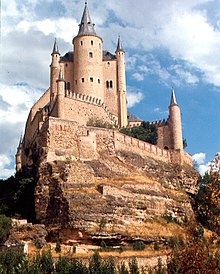
|
Meeting Point
Buses to Segovia will depart from Plaza de Castilla at 9:00h. Please, be there on time. Below you can find more information about the meeting point. For the way back, buses will depart from Segovia at 18:00h. They will pick you up at the same place where they will drop you off. Buses will stop at Plaza de Castilla. That will be the buses termius.
Plaza de Castilla 9, Madrid
Please, meet at 9:00h in front of the water tank located in Plaza de Castilla, 9, Madrid, Spain. 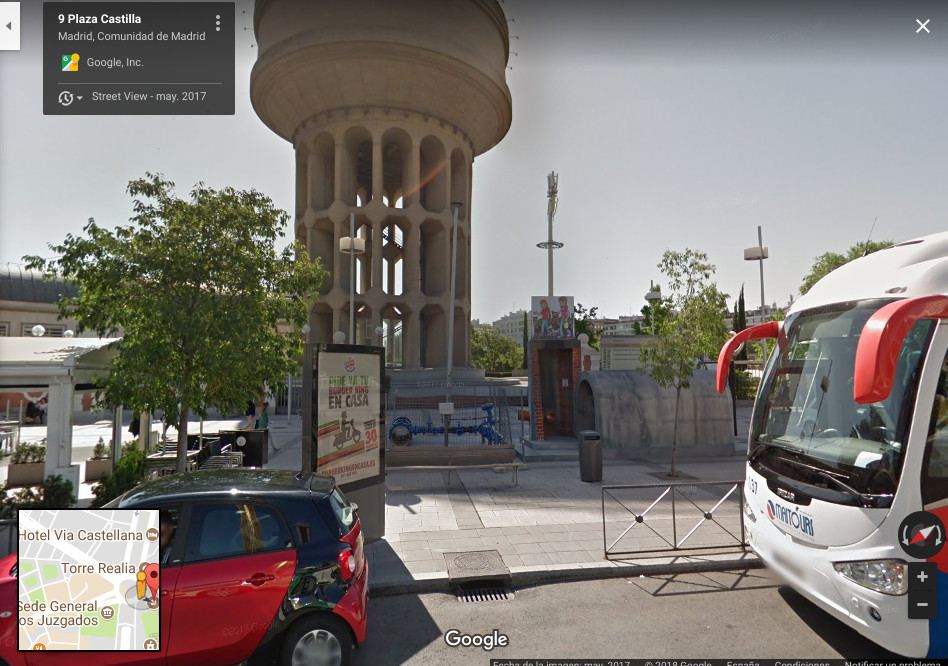
|
Start: 5/09/2018, 20:00h.
Duration: between 2 hours and 2 hours 30 minutes.
We would like to invite you to join us for dinner at the outstanding Fábula Buey & Champagne terrace. You will be able to enjoy welcome appetizers followed by a cocktail dinner. Below you will be able to find more information about the location of this social event.
Marqués de Casa Riera 1, 28014, Madrid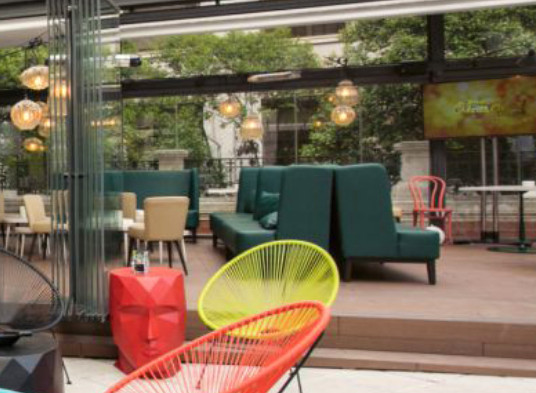
|
A tapa is an appetizer or snack in Spanish cuisine and translates to a small portion of any kind of Spanish cuisine. Dinner is usually served quite late in Spain, typically between 21:00 and 23:00 (and sometimes as late as midnight). This leaves a significant amount of time between work and dinner. Because of this, Spaniards often go "bar hopping" (Spanish: Ir de tapas) and eat tapas in the time between finishing work and having dinner.
Although not directly scheduled as a social event during the MLSS, you are welcome to "Ir de tapas" in Madrid after the MLSS sessions, when there are no other planned activities. Below you can find a shortlist of typical bars in which you may eat tapas. Simply order some drink (often a "caña", small beer) and you will get a tapa.
Taberna Tempranillo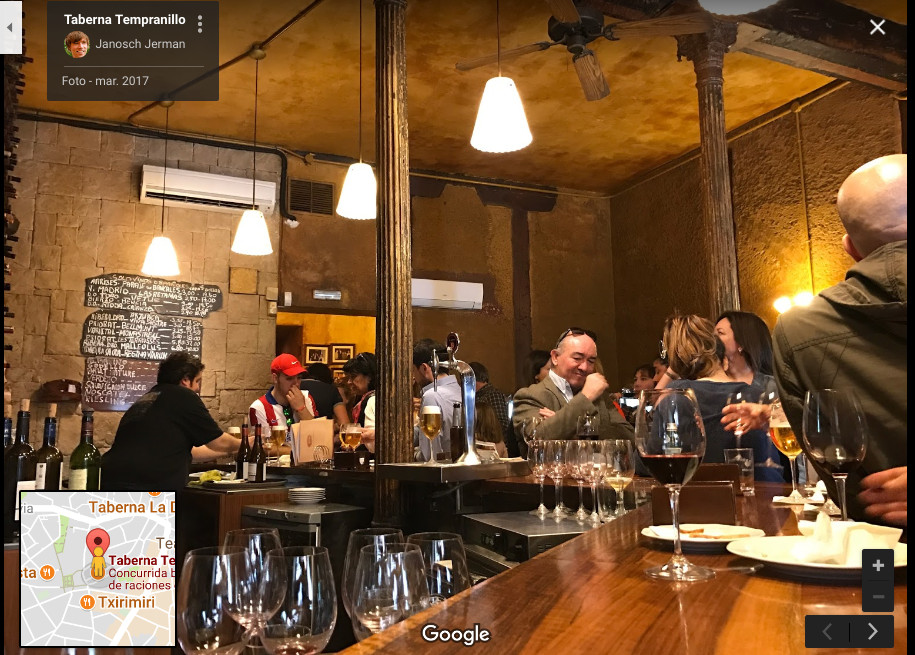
|
|
Mercado de San Miguel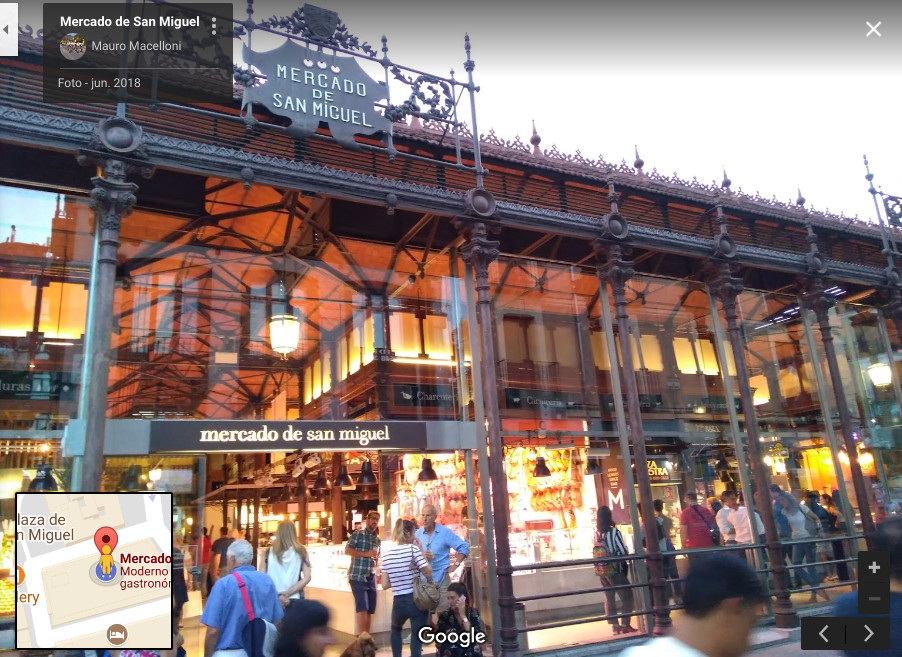
|
|
Sidrería el Tigre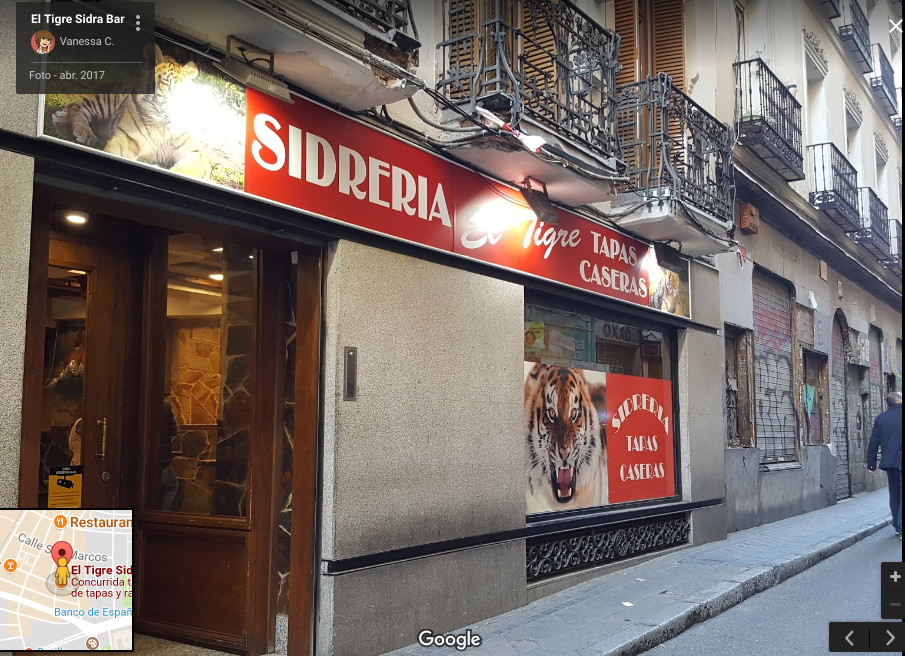
|
|
La Fragua de Vulcano
|